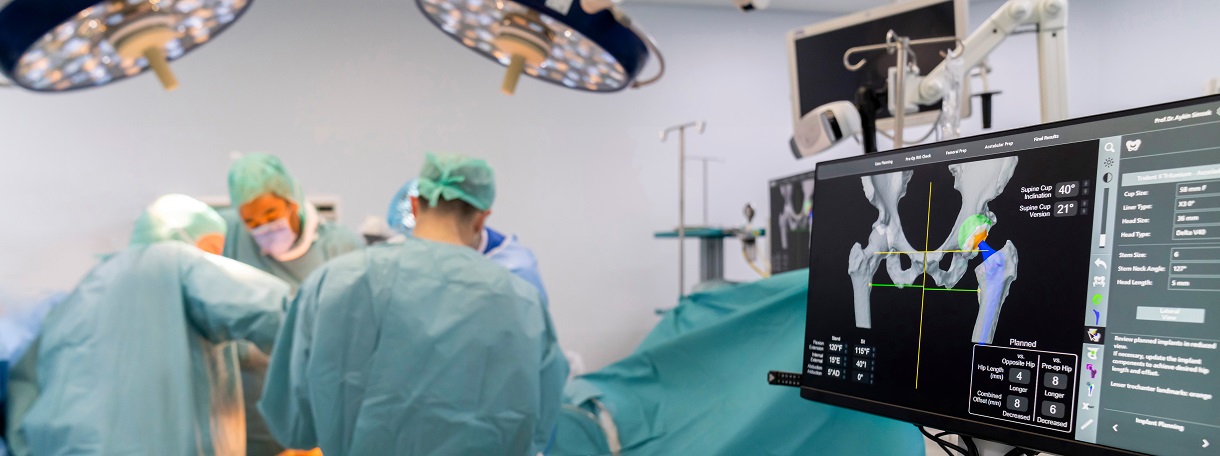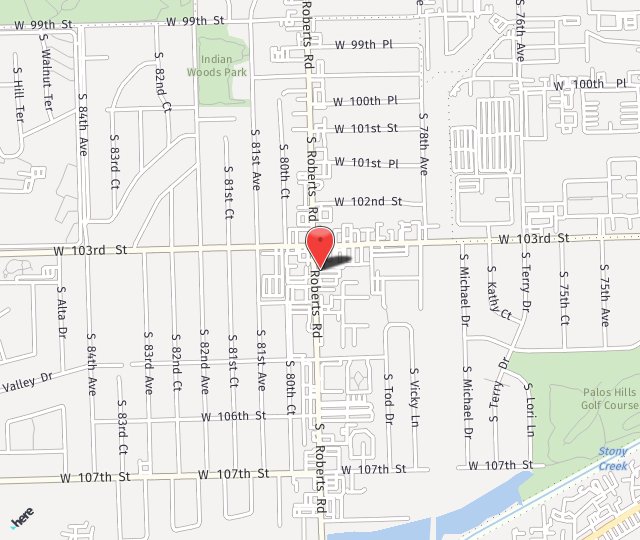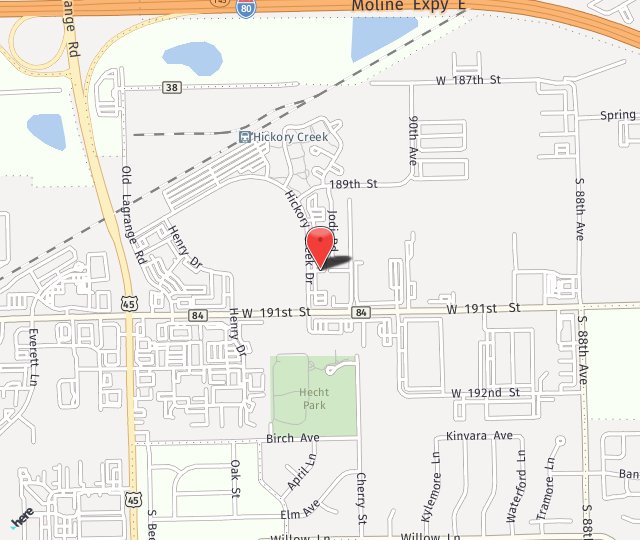Hip Dislocation Overview & Treatment Options near Chicago
With convenient locations in Palos Hills and Mokena, IL
Hip dislocation is a serious orthopedic injury that occurs when the ball of the thigh bone, or femur, slips out of the socket of the hip bone, or pelvis. This type of injury often requires prompt medical care to avoid long-term complications. Dr. Bedikian treats orthopedic problems, including hip dislocation, in Palos Hills and Mokena.
What Is Hip Dislocation?
Hip dislocation refers to the complete displacement of the femoral head from the acetabulum. This can be classified as posterior or anterior, depending on the direction of the displacement. Partial dislocation, also known as subluxation, involves a partial displacement of the femoral head from the hip socket. While less severe than complete dislocation, it still requires prompt medical evaluation and treatment to prevent further damage.

Hip Dislocation Symptoms
Symptoms of hip dislocation may include:
- Severe pain in the hip and groin area
- Reduced ability to move the leg
- Noticeable deformity or shortening of the affected leg
It is important to note that hip pain does not always indicate dislocation; it could be a sign of other underlying conditions. As such, it is essential to seek medical attention from Dr. Bedikian at the first sign of joint pain to receive an accurate diagnosis and appropriate treatment.
Hip Dislocation Complications
Without proper and timely treatment, hip dislocation can lead to complications such as avascular necrosis, where the disrupted blood supply causes bone tissue death. It can also result in an increased risk of developing arthritis in the affected hip joint. Nerve damage is also possible following the dislocation of the hip, which also impacts the ability to move your toes.
What Causes Hip Dislocation?
Hip dislocation is commonly caused by high-energy trauma such as a motorcycle accident or a fall from a significant height. Sports-related injuries and certain hip abnormalities can also put patients at risk of hip dislocation.
How Is Hip Dislocation Diagnosed?
Diagnosis of hip dislocation involves a thorough physical examination of the affected area. Dr. Bedikian also orders X-rays, CT scans, or MRIs to assess the severity of the injury and identify associated fractures or soft tissue damage.
Modern Practice with Modern Solutions
Our state-of-the-art clinic is home to advanced tools and techniques such as robotic-assisted surgery and arthroscopy for joint procedures.
Hip Dislocation Treatment
Immediate medical attention is needed for hip dislocation. Patients should seek emergency care to prevent further damage and alleviate pain.
Hip Reduction: The initial treatment goal is to manually reposition the dislocated hip joint, a procedure known as hip reduction, which should only be attempted by a trained medical professional, such as Dr. Bedikian. Under anesthesia, the dislocated ball is carefully pushed back into the socket.
Surgery: In cases where there are other associated fractures or severe soft tissue damage as revealed by imaging tests, reduction and other nonsurgical treatments may not be an option. In these cases, surgery may be necessary to reconstruct the hip joint. It is important to note that surgery is recommended if you have already had hip replacement surgery.
Finding Orthopedic Pain Relief
If your hip pain is a cause for concern, it is time to speak to an expert. Seeking treatment at Sarkis Bedikian Orthopedics gives patients access to Dr. Bedikian, a skilled expert who is passionate about helping patients regain optimal orthopedic health. Contact our office today to schedule a consultation and take the first step towards recovery.



